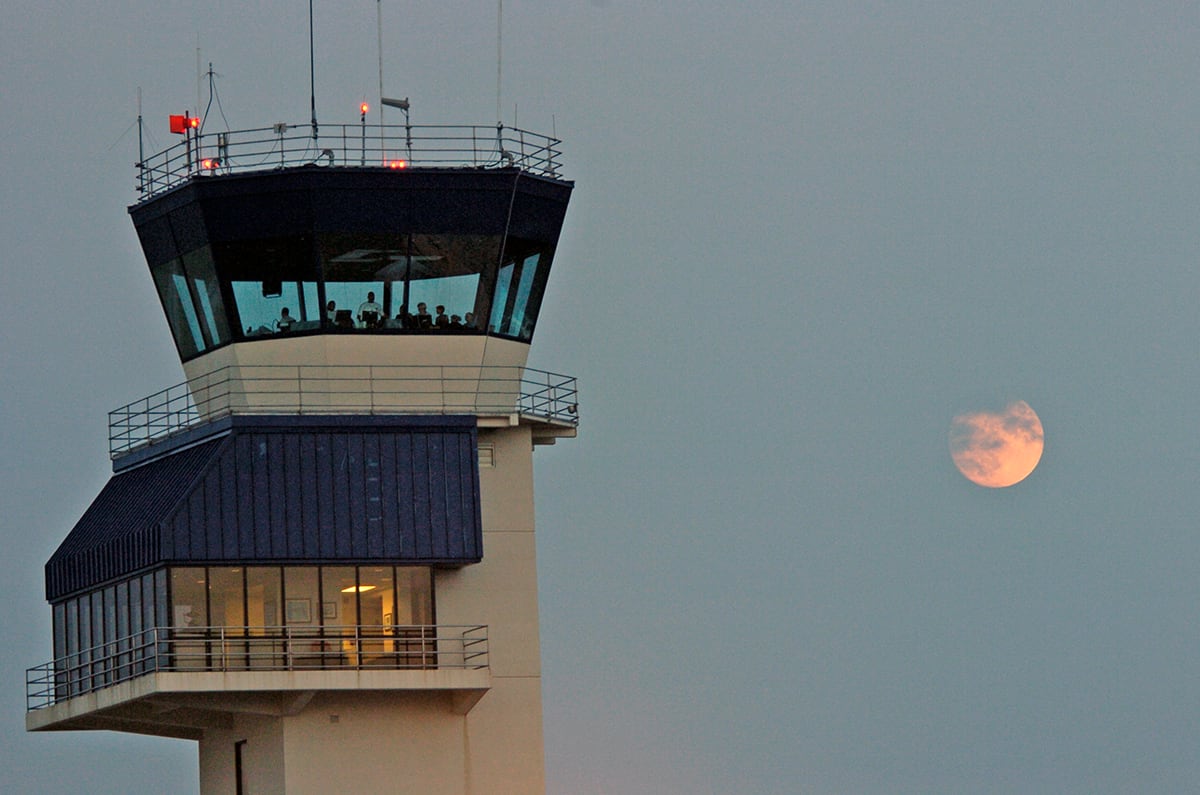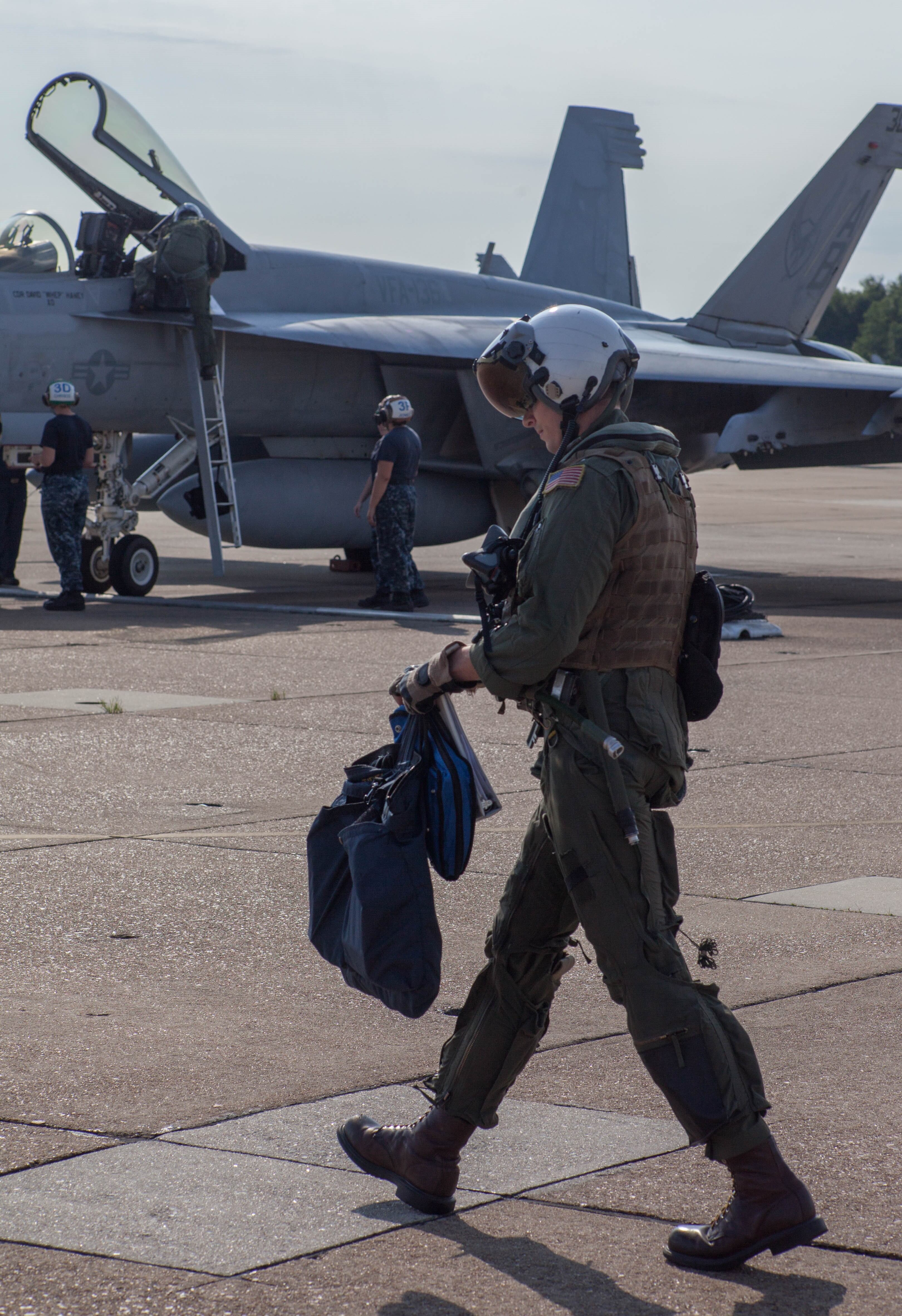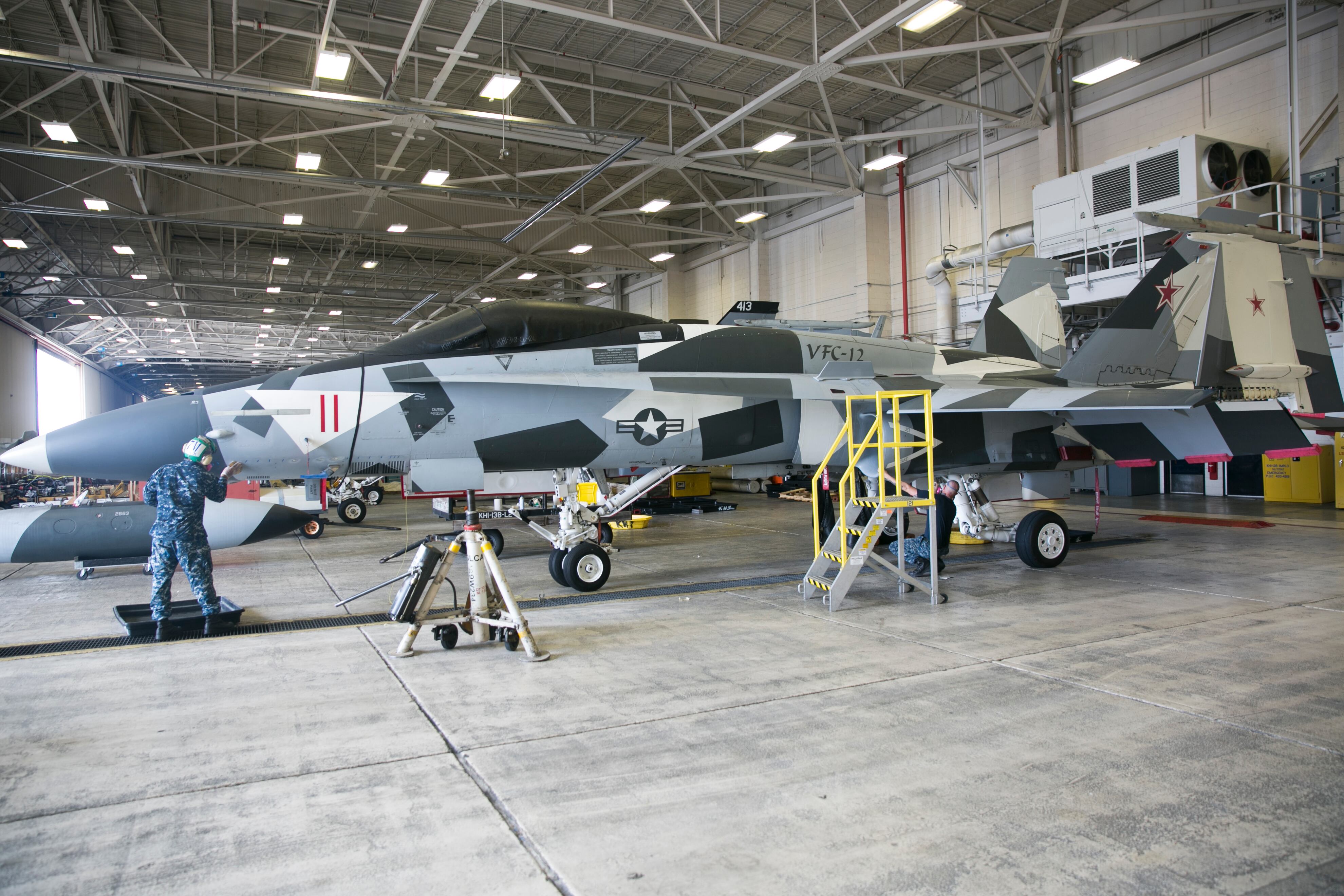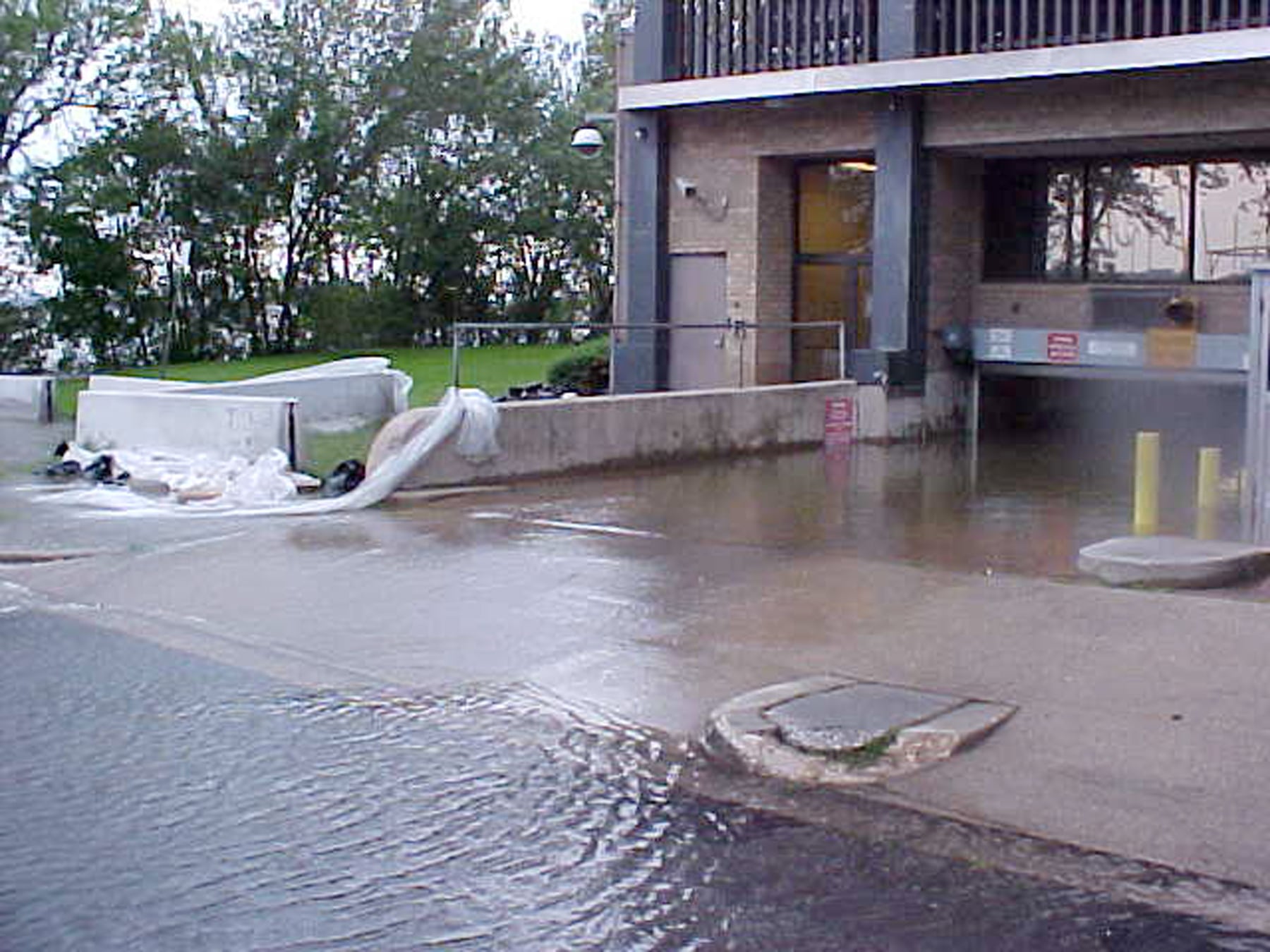VIRGINIA BEACH, Va. — It’s the largest Navy air station on the East Coast and will celebrate its 75th birthday on Friday but it often escapes the limelight.
“During every armed conflict since World War II, aircraft and aircrews from NAS Oceana have had a significant role in the fight,” said Capt. Chad “Vinny” Vincelette, a career aviator and the 45th commanding officer of the base.
“I often tell people that when see the news at night and hear about naval aircraft dropping bombs in Iraq, Afghanistan or Syria, that chances are those are your neighbors who are flying in or who load the bombs or work on those aircraft. They’re all stationed here in Oceana, and a lot of people don’t realize that. I see that all the time.”
To fix that, Naval Air Station Oceana is pushing a vigorous public outreach initiative. It includes educational programs for school kids and ongoing efforts to strengthen already close ties to local government agencies, but its biggest boost is coming next month.
Oceana will open its gates to the public from Sept. 22 to 23 for the annual airshow.
“It’s critical we have an outreach program like this,” Vincelette said. “It’s essential to our relationship with the community and it raises the awareness of our neighbors of all ages of what we’re here for, and what the Navy and naval aviation are all about.”

In late 1940, the federal government bought nearly 329 acres, mostly swampland, and began constructing a small airfield to house 32 officers and 172 enlisted sailors. A year later, they had asphalt runways.
It wasn’t close to a major city, but it nuzzled up to the Atlantic Ocean and was a great spot for training and air patrols snooping for German submarines. It was officially commissioned as Naval Auxiliary Air Station Oceana on Aug. 17, 1943, in the middle of World War II.
Vincelette explains that as America geared up for the global war, Norfolk Naval Base and Naval Air Station Norfolk became too crowded. So the Navy built four airfields in outlying areas at Oceana, Creeds, Fentress and Pungo.
Other than Oceana, only Fentress remains. It’s mostly used by carrier aircrews practicing simulated landings.
Oceana boomed. It now sprawls across 5,916 acres. If the adjoining Dam Neck Annex is added, the complex includes 18 aircraft squadrons and about 20,000 sailors and their families, plus civilian workers, at any given time. That’s why it’s the largest employer in Virginia Beach, according to Navy Installations Command.
Vincelette credited part of World War II Oceana’s boom to its good road links to Norfolk but its quick access to the Atlantic Ocean helped, too.
RELATED

By 1945, the base was a home to everything from PB4Y Privateer patrol bombers to F4U Corsair fighters. SB2C Helldiver dive bombers, F6F Hellcat fighters and TBF Avenger torpedo bombers shared the tarmac, too.
“As we transitioned from World War II to Korea and into jet aircraft, that’s when they really expanded the field here,” Vincelette said. “It went from a small, triangular-shaped runway in World War II, to a crisscross configuration with 8,000-foot runways and a 12,000 runway that ushered in the jet age.”
It was too big to be Norfolk’s kid by 1952, so the Navy renamed it Naval Air Station Oceana. Wars in Korea and Vietnam added more fighters but it was the Cold War that gave the base its iconic F-14 Tomcat.
And then Hollywood stole its glory. The former Naval Air Station Miramar was the backdrop to the movie “Top Gun,” released in 1986.
It’s now a Marine Corps air station. Vincelette says that within the Navy, Oceana was never considered the lesser “Fighter Town.”
“I think the movie ‘Top Gun' really exposed a lot of people to what naval aviation is. Although a lot of things really weren’t totally accurate, as far as fighter tactics, it exposed the idea and concept and also the culture of naval aviation, too,” he said. “Virginia Beach, too, like San Diego, was a hotbed of that culture, too, and the Oceana Officers’ Club was quite the place to be in those days, too."
Raised in Virginia City and a graduate of the University of Virginia, Vincelette not only is a local boy, but he’s a former “Big Fighter” Tomcat pilot.
He served with the “Diamondbacks” of Fighter Squadron 102 and the “Black Knights” of 154 before commanding the “Fighting Swordsmen” of Oceana-based Strike Fighter Squadron 32 and their F/A-18F Super Hornets.
RELATED

He wasn’t the only Tomcat aviator making the transition to the Super Hornets. The infamous “Tomcatters” of Fighter Squadron 31 also now fly Rhinos.
But their pedigree always was jet fighters. In 1948, they got the F9F Panther, one of the Navy’s first successful jet fighters, and over the years mastered the F2H Banshee, the F3H Demon and different types of the F-4 Phantom II before receiving the F-14A Tomcat in 1981.
Fittingly, they were the last Tomcat squadron to deploy to war and the last to drop bombs in combat, too, flying from the deck of the aircraft carrier Theodore Roosevelt to blast enemy targets in Iraq in 2005 and 2006.
Feb. 7, 2006, marked the last recovery of an F-14 Tomcat from a combat mission. They returned to Oceana on March 10, 2006, four months before the venerable Tomcat was dropped from the Navy’s inventory.
They’re now Strike Fighter Squadron 31 and they fly Super Hornets.
But at least they’re still stationed in Oceana. How long they’ll remain is a constant question.
Between 1988 and 1995, four rounds of the federal Base Realignment and Closure shuttered bases nationwide as Congress sought to shave costs at the end of the Cold War.
Because BRAC consolidated all East Coast strike fighter squadrons here, Oceana actually grew. But in 2005, the BRAC panel voted to close Oceana, partly out of concerns that suburban sprawl was encroaching on the once isolated base.
Federal, state and Virginia Beach officials scrambled to create development buffers around the installation, including buying land. That preserved the base from closure but now Congress is mulling a new BRAC round.
It’s a cause also championed by retired Marine Gen. James Mattis, the secretary of defense.
And if BRAC doesn’t scrub Oceana, Mother Nature might. In recent years, scientific studies have predicted dire consequences from global climate change and the rise of sea levels. Storm surge particularly threatens operations in Dam Neck, including Fentress and Oceana.
RELATED

But Vincelette doesn’t want to speculate too much on Oceana’s next 75 years because he believes it’s never been better than it is now.
“We are celebrating the base’s 75th anniversary. That’s our focus right now," said Vincelette, the son of a Navy A-6 Intruder pilot. "It’s a celebration of the men and women that have served on board NAS Oceana past and present — and also a celebration of the partnership the Navy has built with the cities of Virginia Beach and Chesapeake because we can’t do this alone.”
This story has been updated to show that Fentress is where aircraft crews practice simulated aircraft landings.
Mark D. Faram is a former reporter for Navy Times. He was a senior writer covering personnel, cultural and historical issues. A nine-year active duty Navy veteran, Faram served from 1978 to 1987 as a Navy Diver and photographer.




